Archives
- 2025-11
- 2025-10
- 2025-09
- 2025-03
- 2025-02
- 2025-01
- 2024-12
- 2024-11
- 2024-10
- 2024-09
- 2024-08
- 2024-07
- 2024-06
- 2024-05
- 2024-04
- 2024-03
- 2024-02
- 2024-01
- 2023-12
- 2023-11
- 2023-10
- 2023-09
- 2023-08
- 2023-07
- 2023-06
- 2023-05
- 2023-04
- 2023-03
- 2023-02
- 2023-01
- 2022-12
- 2022-11
- 2022-10
- 2022-09
- 2022-08
- 2022-07
- 2022-06
- 2022-05
- 2022-04
- 2022-03
- 2022-02
- 2022-01
- 2021-12
- 2021-11
- 2021-10
- 2021-09
- 2021-08
- 2021-07
- 2021-06
- 2021-05
- 2021-04
- 2021-03
- 2021-02
- 2021-01
- 2020-12
- 2020-11
- 2020-10
- 2020-09
- 2020-08
- 2020-07
- 2020-06
- 2020-05
- 2020-04
- 2020-03
- 2020-02
- 2020-01
- 2019-12
- 2019-11
- 2019-10
- 2019-09
- 2019-08
- 2019-07
- 2019-06
- 2019-05
- 2019-04
- 2018-07
-
The apparent lack of effect
2022-06-18

The apparent lack of effect of Fas deficiency on MAV-1 replication in infected mice could be due to immunoevasion by virus inhibition of Fas activation. If that were the case, Fas deficiency would likely have minimal additional effect. HAdV infection triggers Fas internalization from the cell membra
-
It has been shown that mice lacking SMAD
2022-06-18

It has been shown that mice lacking SMAD2 in T cells do not develop spontaneous lymphoproliferative autoimmunity (Malhotra et al., 2010). Further, FOXO1 is known to activate proinflammatory MCP-1 and IL-6 (Ito et al., 2009). To this end, we also validated the downstream target FOXO1 and SMAD2 after
-
EZH mutations or amplifications have been
2022-06-18

EZH2 mutations or amplifications have been found in a broad spectrum of human cancers including B cell lymphoma, ovarian cancer, breast cancer, melanoma, bladder cancer, gastric cancer, and other cancers (Kim and Roberts, 2016). Given the evidence of EZH2 as a cancer driver, numerous efforts have be
-
Structurally HMTs can be broadly
2022-06-18

Structurally, HMTs can be broadly categorized into three functional enzymatic families, the SET (Suppressor of variegation, Enhancer of zeste, Trithorax)-domain- containing methyltransferases, the non-SET DOT1-like (DOT1L) lysine methyltransferases, the PRDM family, containing a PR (PRDI-BF1-RIZ1 ho
-
The lysine K specific demethylase KDM family
2022-06-18
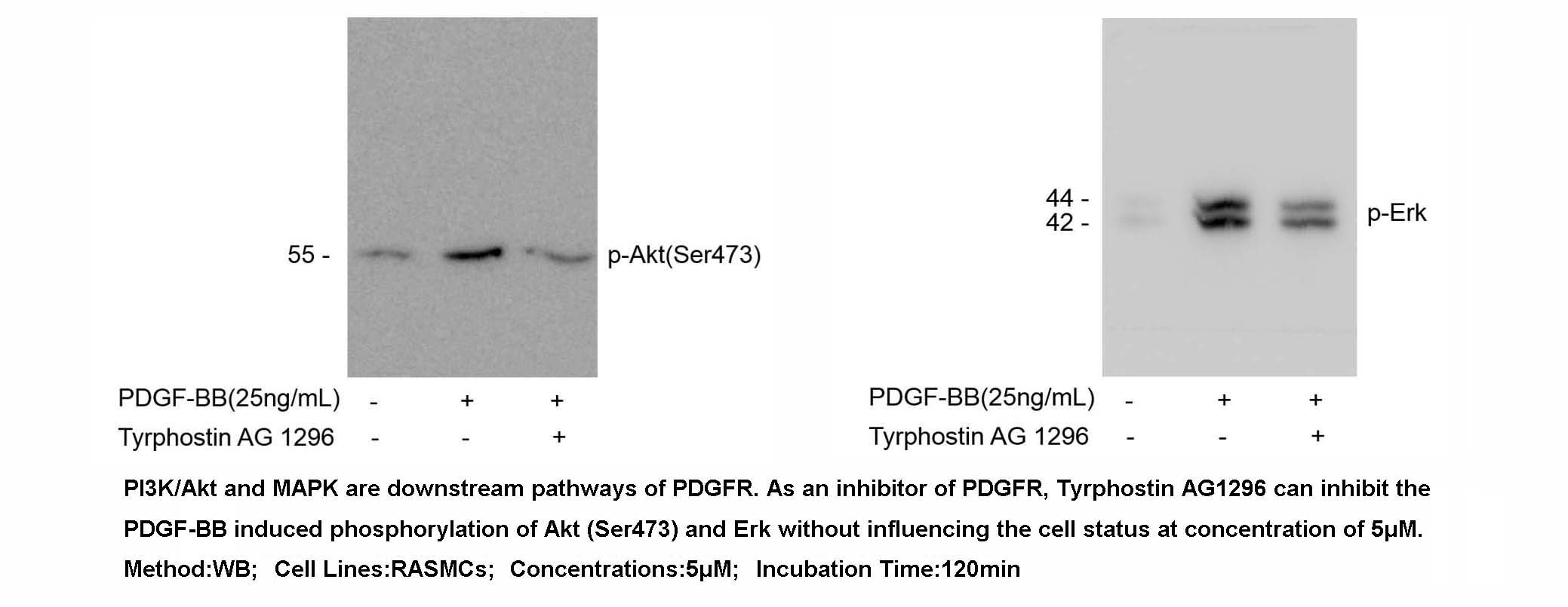
The lysine (K)-specific demethylase 4 (KDM4) family is comprised of 4 isoforms, KDM4A to -D, also known as JMJD2A to -D. KDM4A, B, and C encode proteins consisting of a JmjC, a JmjN, two PHD, and two Tudor domains. KDM4D is unique within the KDM4 family in that it has neither PHD nor Tudor domains,
-
br Acknowledgments We thank Drs Yasuhiro Saito and
2022-06-18

Acknowledgments We thank Drs. Yasuhiro Saito and Mitsuru Futakuchi for helpful discussion. We also thank Drs. Kohei Miyazono and Tadashi Matsuda for cells. This work was supported by Grant-in-Aids for Scientific Research on Innovative Area (16H06373; 16K15273) from MEXT, Japan (to M.H.) and by Pr
-
Freinkel first reported in the late s that
2022-06-18

Freinkel first reported in the late 1960s that maternal hypertriglyceridemia benefits the fetus during starvation by increasing maternal consumption of triglyceride for ketone body synthesis giving the basis for “accelerated starvation” theory [4,5]. This maternal metabolic reprogramming during peri
-
SB 242084 Different SVR rates have been observed when
2022-06-18
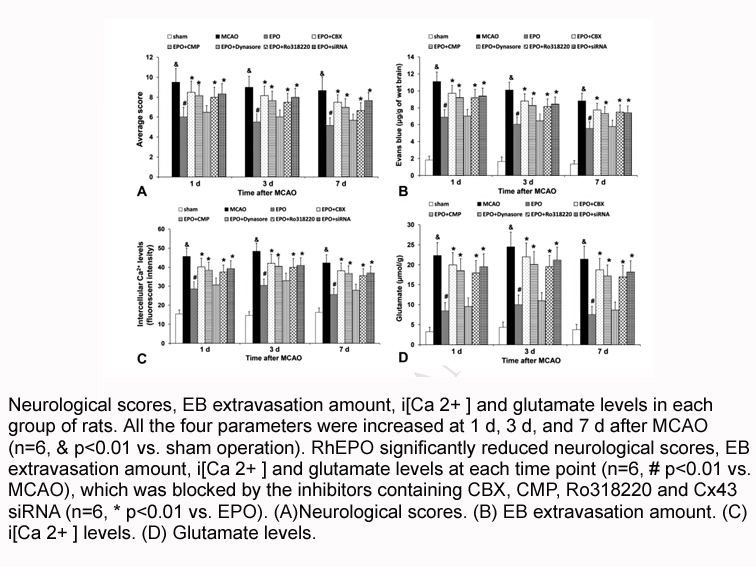
Different SVR rates have been observed when comparing GT 1a- and 1b-infected patients receiving BOC or TLP therapy. The response rates in patients infected with GT 1b have generally been more favourable than in those with GT 1a [26]. In our study, persistence mutations were only observed in HCV GT 1
-
Fmoc-Ile-Wang resin Recently anti tumor or antiviral strateg
2022-06-18
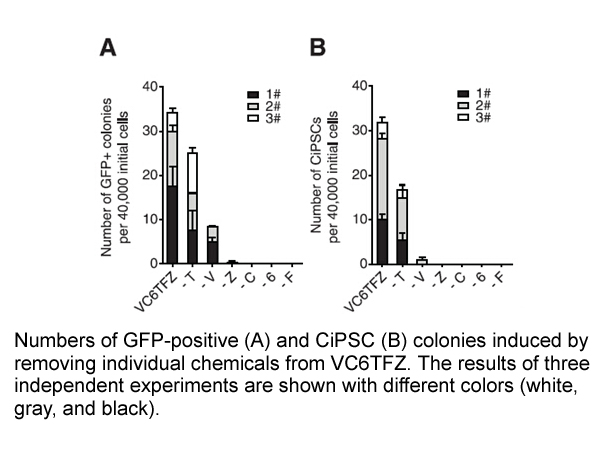
Recently, anti-tumor or antiviral strategies using RNAi for both gene silencing and innate-receptor activation were designed; one mechanism of these strategies is activating the intracellular retinoic acid–inducible gene I protein (RIG-I). 5′-Triphosphate RNA (3p-small interfering RNA [siRNA]) is th
-
NPxY was recognized as the first short signal
2022-06-18
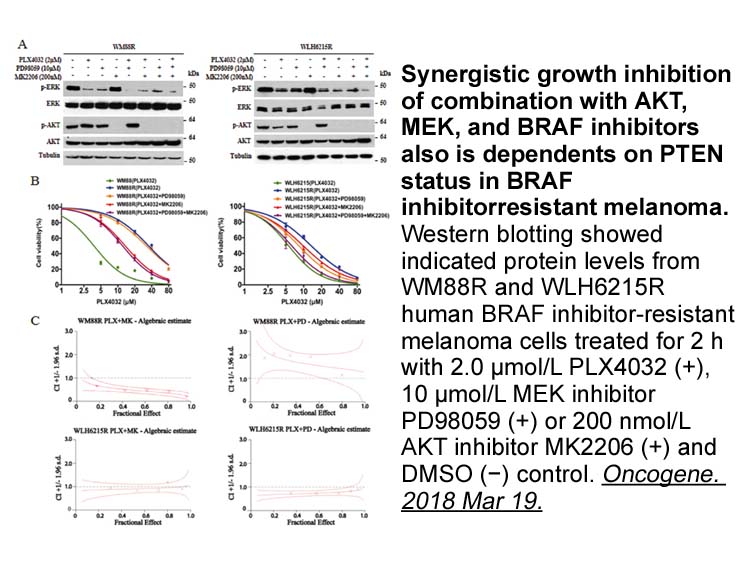
NPxY was recognized as the first short signal sequence motif in the cytoplasmic domain of membrane receptors and proteins with critical roles in internalization and trafficking of receptor molecules [130]. Including LDL receptor, beta-1 integrin, megalin, beta-amyloid precursor protein, EGF receptor
-
GPR A a G protein coupled receptor located mainly
2022-06-17
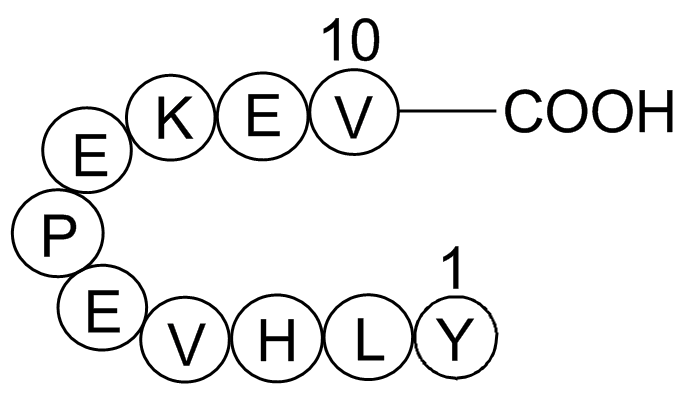
GPR109A, a G-protein-coupled receptor located mainly on adipocyte cell membranes, has been identified as the molecular target for nicotinic NVP 231 [[5], [6], [7]] and mediator of NEFA reduction [5]. As a mechanism of NEFA-lowering, it is recognized that activation of GPR109A leads to Gi-mediated in
-
Introduction The hypoglossal nucleus is the nucleus
2022-06-17
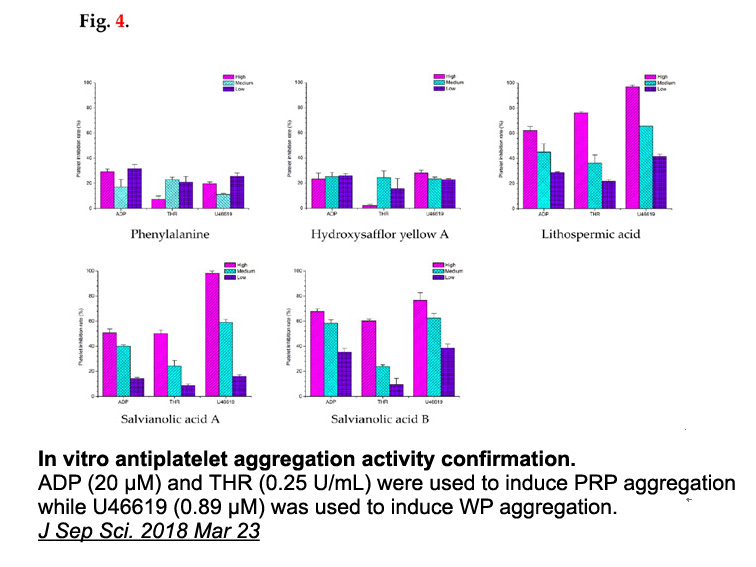
Introduction The hypoglossal nucleus is the nucleus of the twelfth cranial nerve and is located on both sides of the mid line in the dorsal medulla oblongata and is situated between the proximal end of the medullary central canal and the beginning of the fourth ventricle (Tomasch and Etemadi, 1962)
-
neuronal nitric oxide synthase Long non coding RNAs lncRNAs
2022-06-17
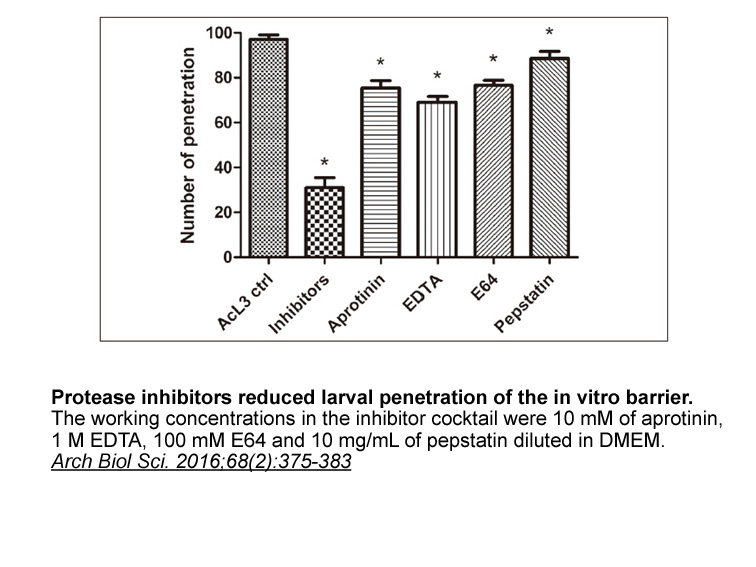
Long non-coding RNAs (lncRNAs) are mRNA-like transcripts of greater than 200 nucleotides (nt), with little or no protein-coding potential [13,14]. LncRNAs have been suggested to participate in transcription and post-transcription regulation as scaffolds, guides, decoys or repressors, activators, and
-
br Introduction Most organisms require glucose as a key
2022-06-17
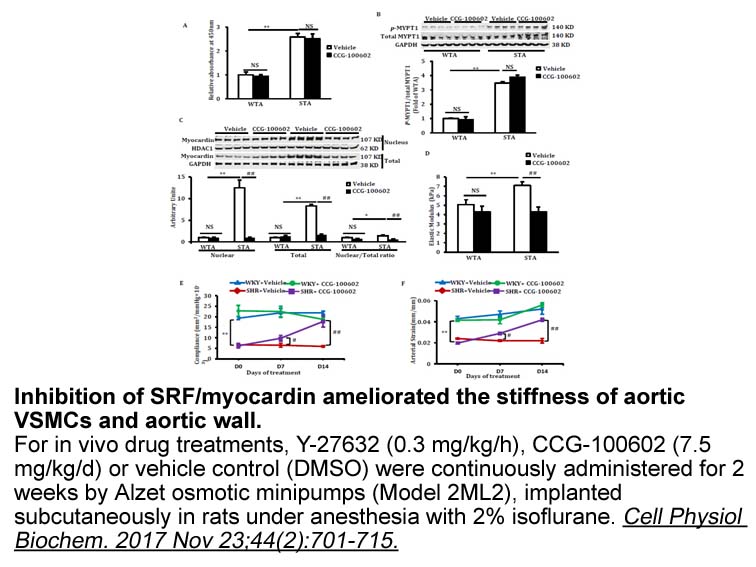
Introduction Most organisms require glucose as a key metabolite, and it is critical that mammalian cells regulate glucose levels properly to maintain bioenergetic homeostasis. The major transporters responsible for the uptake of glucose from systemic circulation into cells are the GLUTs, members
-
The mammalian AMPA receptor protein family comprises four su
2022-06-17

The mammalian AMPA receptor protein family comprises four subunits, termed GluR-A through GluR-D (or GluR1 through GluR4), which form hetero-tetrameric receptor complexes Dingledine et al. 1999, Rosenmund et al. 1998. These subunits possess distinctive intracellular C-terminal domains that can be gr
15571 records 410/1039 page Previous Next First page 上5页 406407408409410 下5页 Last page